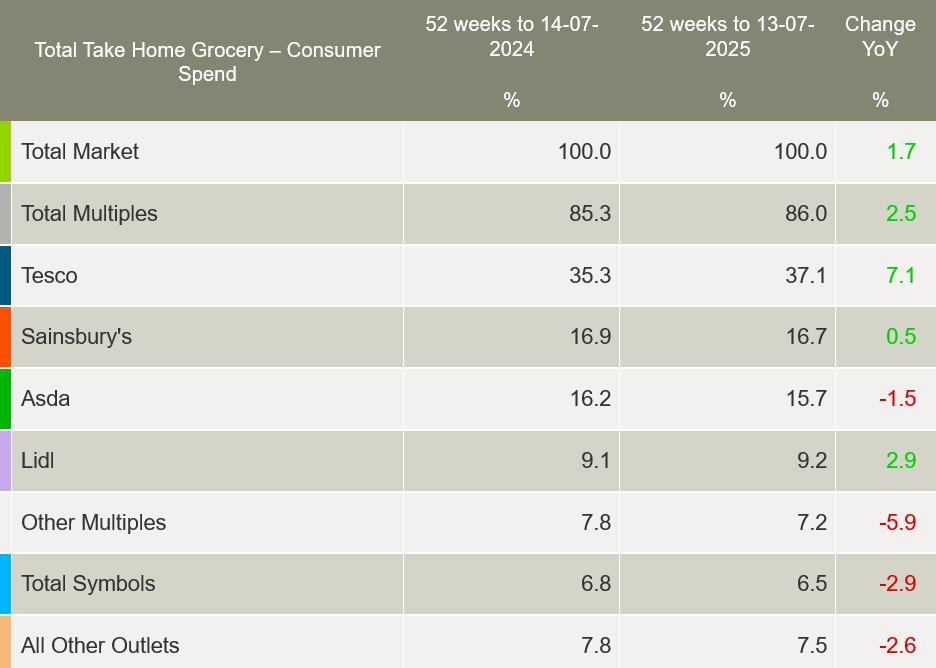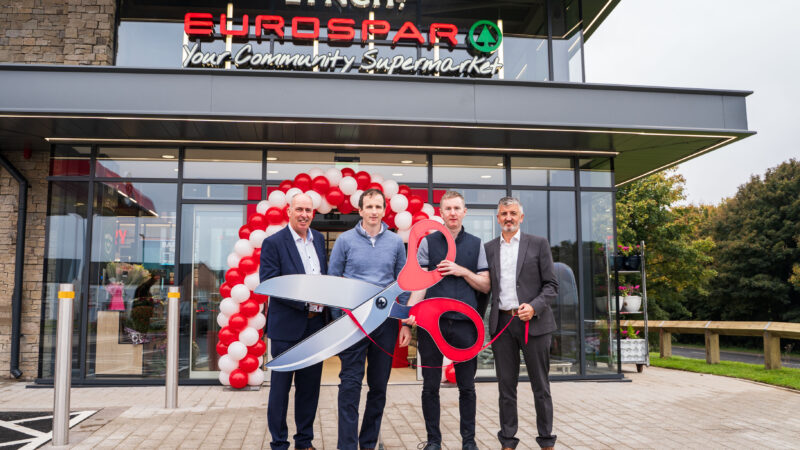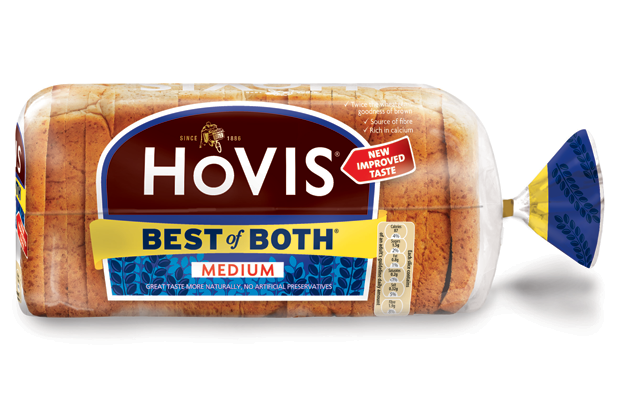Summer weather and convenience trends boost Northern Ireland grocery sales

Warm weather played its part in encouraging shoppers to spend, the latest figures reveal.
In the year to 13th July 2025, £4.4 billion was spent in Northern Ireland’s grocery sector, representing a 1.7% increase compared to the previous year.
Although shoppers made 2.4% fewer trips to stores, they bought more items per visit, subsequently contributing an additional £77.9 million to overall market growth.
Meanwhile grocery inflation now stands at 2.97%, up from 2.79% last month.
The new figures from Worldpanel by Numerator show that as schools broke up for the summer holidays and many people took time off, convenience became a priority.
“The arrival of sunnier days encouraged shoppers to indulge in seasonal favourites, leading to an extra £12.8 million spent on antipasti, wine and chocolate,” said Emer Healy, Business Development Director at Worldpanel by Numerator.
“Over the 12-week period, an additional £1.6 million was spent on prepared fruit and vegetables, as well as frozen ready meals,” added Emer.
Spending on branded goods rose by £38 million, a 1.6% year-on-year increase, raising branded value share to 54.8%. Own-label products also performed well, growing by 1.8% with an extra £33 million spent. These now account for 43.3% of the market by value.
To make the most of their budgets, many consumers turned to a mix of own-label items and promotional offers. Promotions remain a key feature of the market, accounting for 22.9% of value sales. This is the highest level recorded to date in Northern Ireland, with £1 billion spent on discounted products.
Meanwhile, Tesco retains the largest market share at 37.1%, up 7.1% from last year. This growth was driven by both new customer acquisition and increased purchasing from existing shoppers alongside larger trips, contributing £59 million to its overall performance.
Sainsbury’s holds a 16.7% market share, up 0.5% year-on-year. A rise in shopper numbers and basket size helped boost its performance by £44.2 million.
Asda holds 15.7% value share this period, while Lidl’s market share rose to 9.2%, an increase of 2.9%, as the retailer attracted new customers and existing ones shopped more frequently. This resulted in a combined uplift of £12.9 million.








